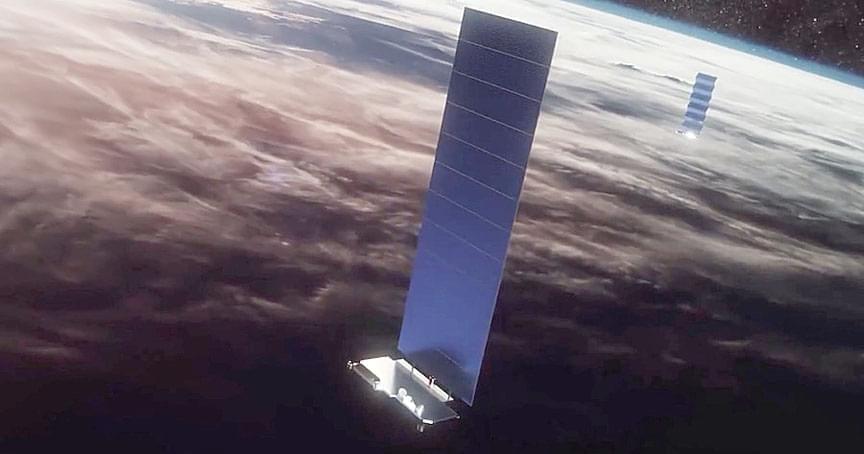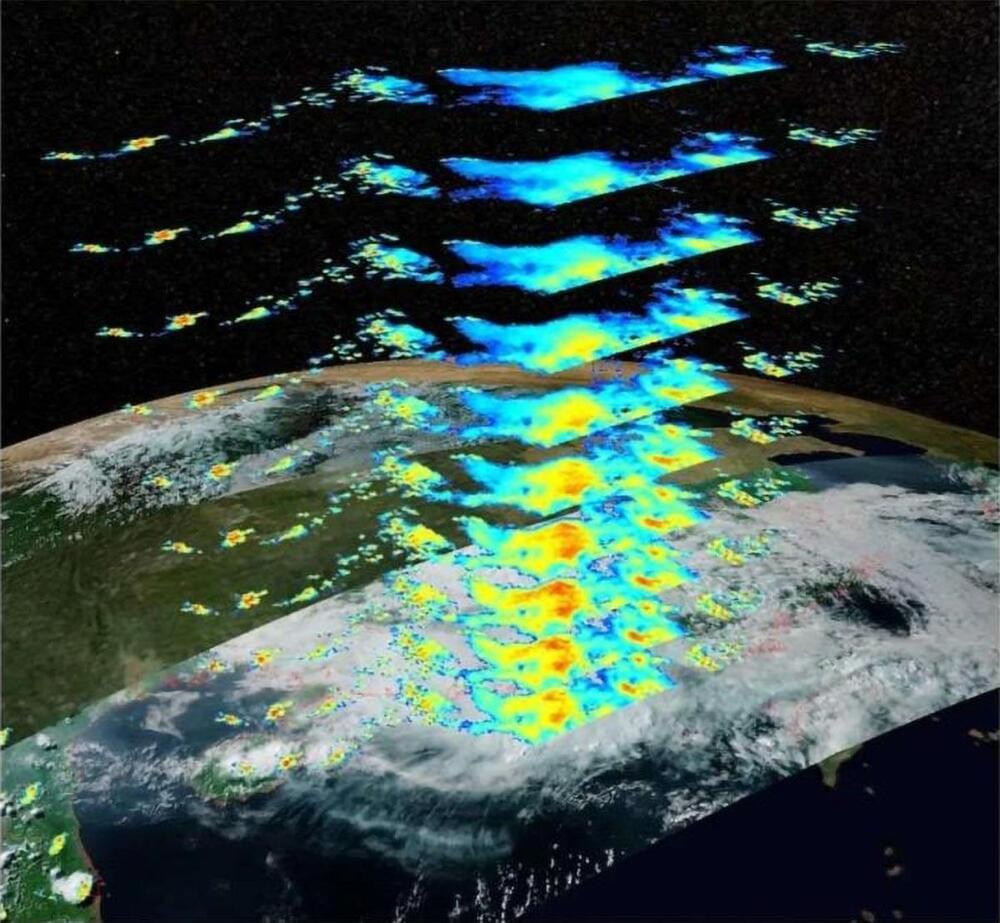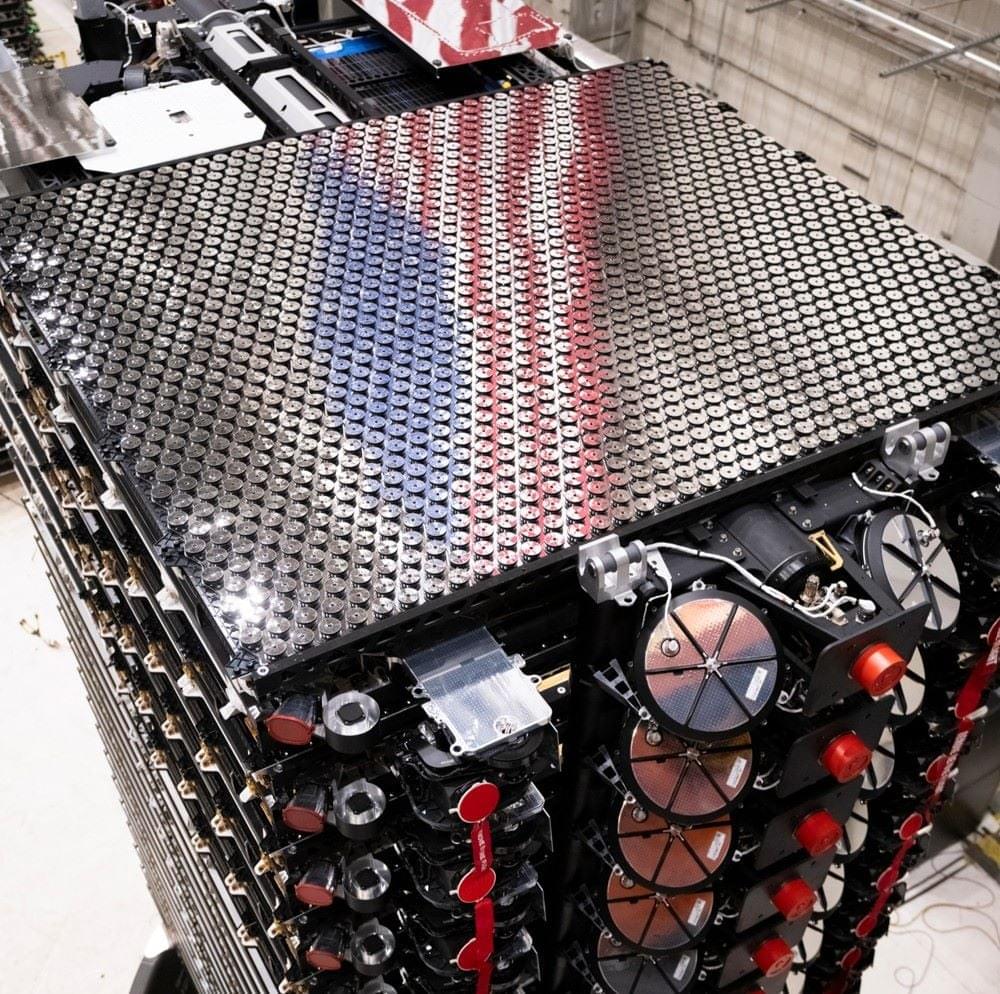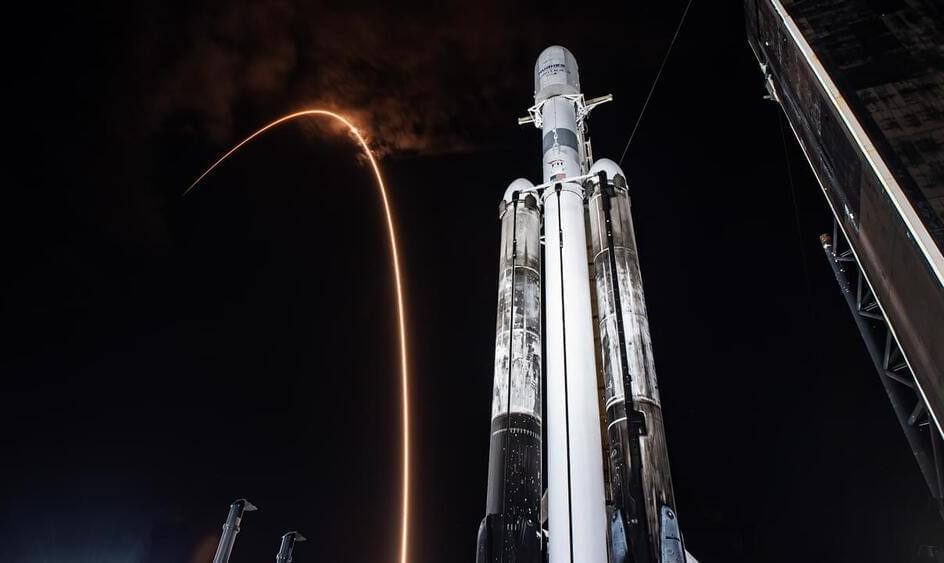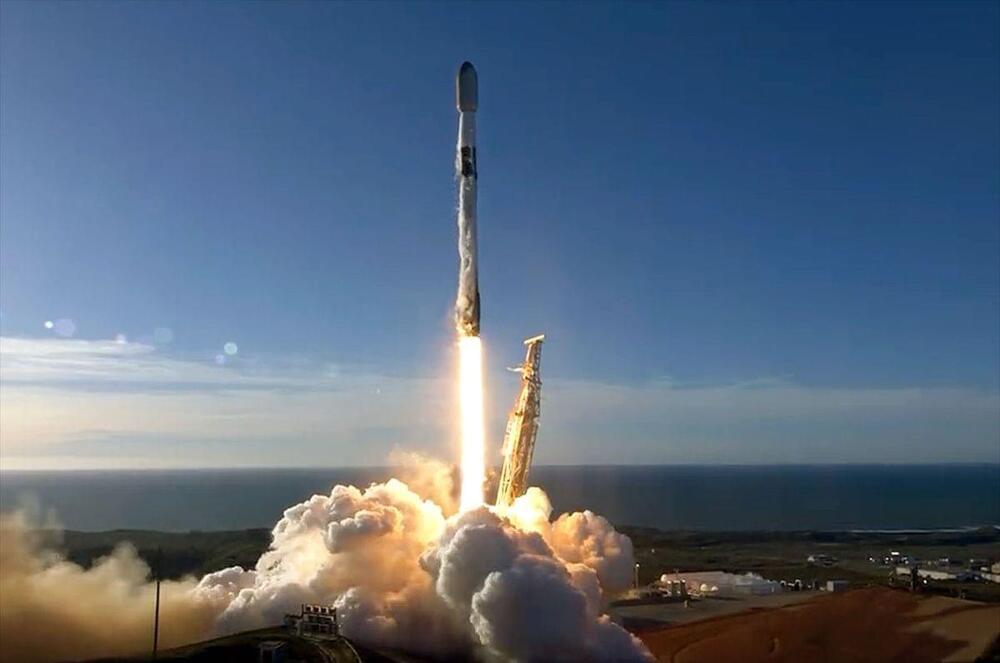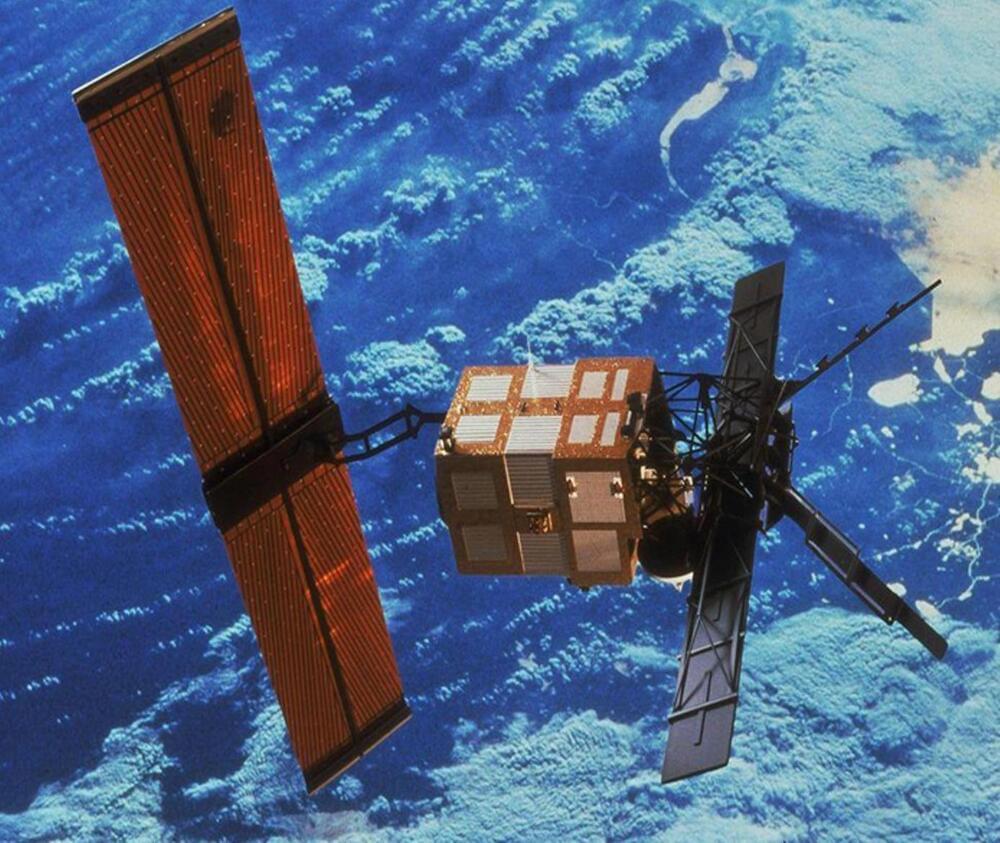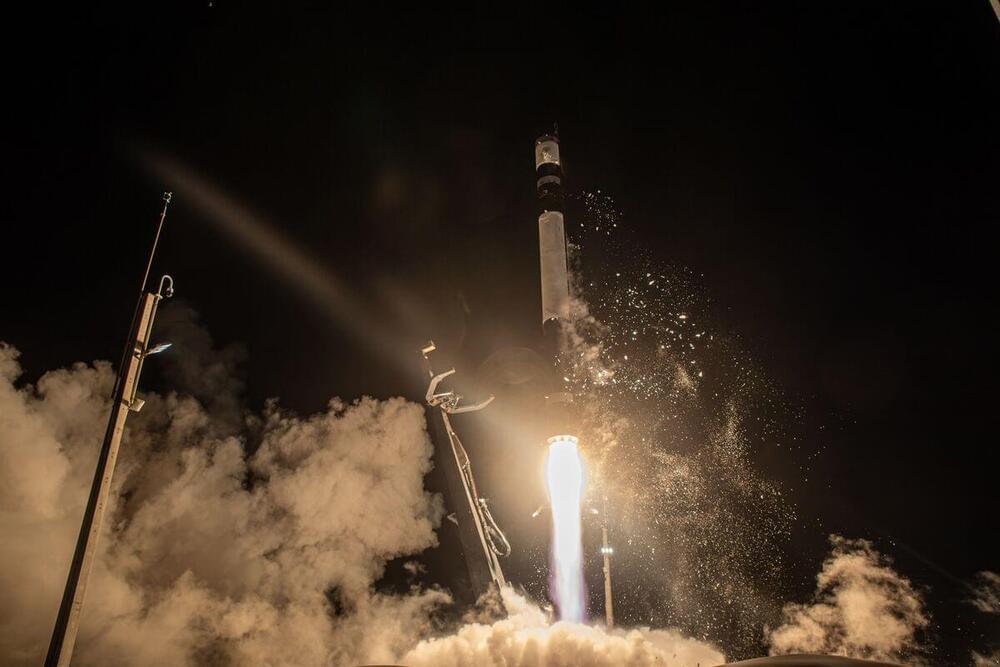It turns out an old dog can learn new tricks. After over 300 flights and 13 years in service, Falcon 9 continues to improve as SpaceX tweaks the design for higher performance.
SpaceX hit a new record on Sunday, flying 24 Starlink v.2 minis aboard a Falcon 9 rocket, surpassing its previous high water mark of 23 satellites. “This mission is carrying one additional Starlink satellite from previous east coast missions thanks in part to performance increases on Falcon 9,” SpaceX wrote on X.
The company did not detail how it was able to squeeze more performance out of Falcon 9. The Starlink v.2 mini debuted at the start of last year, boasting around 4x more capacity than its predecessors. The company has previously been launching 21–23 Starlink satellites per flight.
